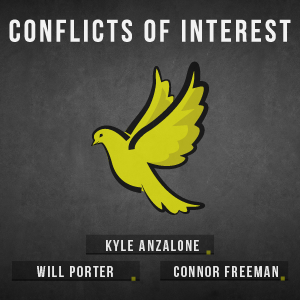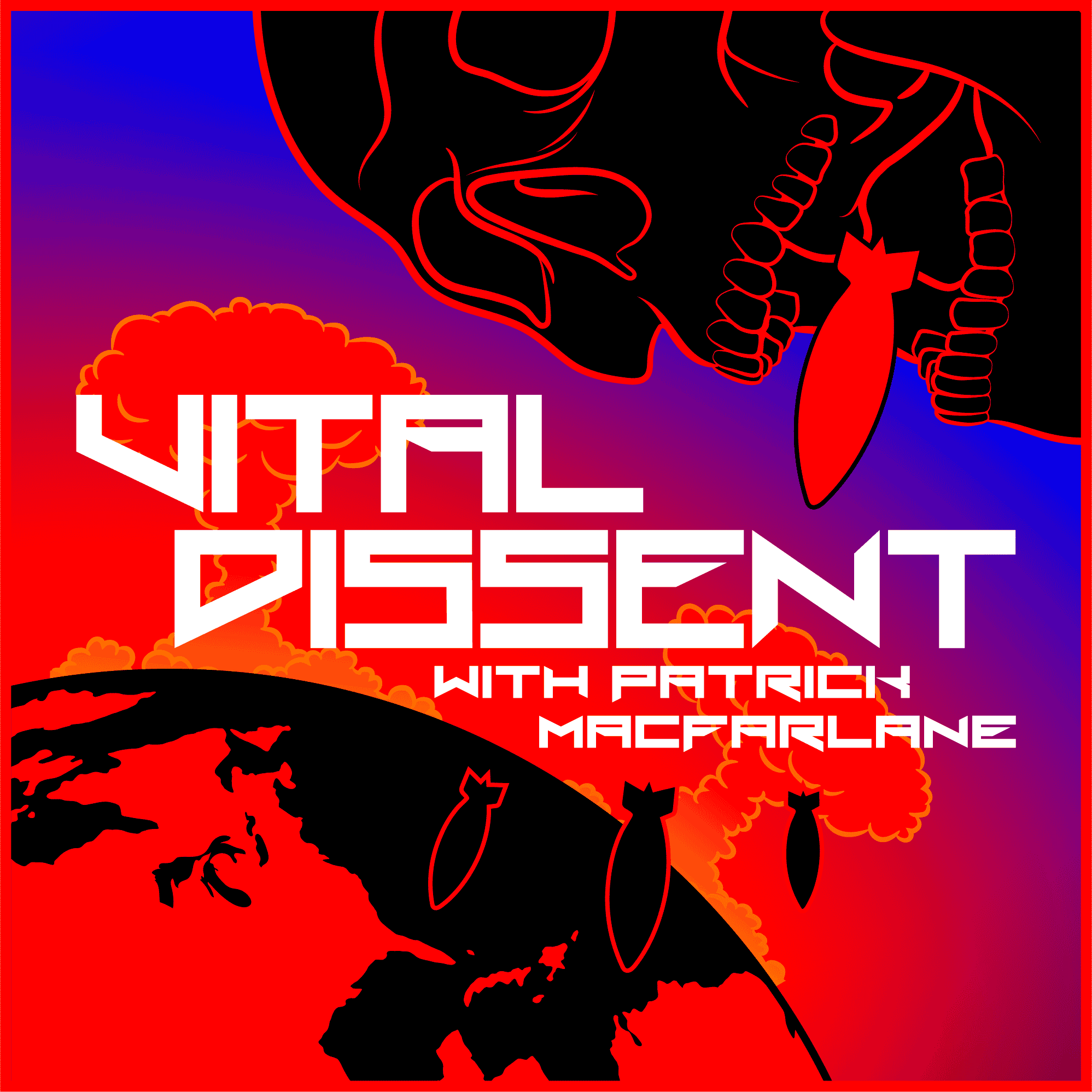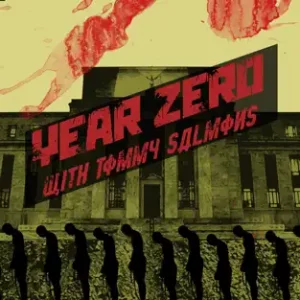The New York Times is heavily featured in my book Obstacle to Peace: The US Role in the Israeli-Palestinian Conflict for its propensity to report about the topic in ways that mask the true nature of US government policy.
Take, for instance, this recent summary from the Times of the US role in the so-called “peace process” and the rise to power of Hamas in Gaza:
For decades, support for a two-state solution has been official United States policy. But successive American governments also believed that Palestinian statehood should be realized after full peace negotiations settled between Israel and the Palestinians, not through unilateral declarations or U.N. resolutions.
Last year, the United States blocked the U.N. Security Council from moving forward on a Palestinian bid to be recognized as a full member state at the United Nations. Linda Thomas-Greenfield, then U.S. ambassador to the United Nations, explained that “Palestinians don’t have control over a significant portion of what is supposed to be their state. It’s being controlled by a terrorist organization,” she said, referring to Hamas.
The United Nations has continually supported the idea of a Palestinian state, and the idea has underpinned peace negotiations over decades. The Oslo Accords, signed between Israel and the Palestine Liberation Organization in 1993, laid out a timeline for Palestinian self-determination, which was dashed by violence and mistrust.
In 2006, Hamas, which does not recognize Israel’s right to exist, won the Palestinian legislative elections, then seized control of Gaza. Years later came the Oct. 7 attack, when Hamas fighters killed some 1,200 people in Israel and took 250 people hostage.
Since then, Israel’s war on Hamas has led to widespread destruction, hunger and the death of about 65,000 people in Gaza, according to Gazan health officials, who do not distinguish between civilians and combatants.
First, the Times‘ wording conceals how the US has only feigned support for the two-state solution while working to block its implementation.
This deception is achieved by falsely conflating the two-state solution with the goal of the “peace process”, and specifically the Oslo Accords. In truth, as extensively documented in my book, the “peace process” was always the means by which Israel and its superpower benefactor blocked implementation of the two-state solution.
Whereas the two-state solution is premised on the applicability of international law to the conflict, the now defunct “peace process” was premised on a rejection of international law and the idea that the Palestinians must negotiate with their oppressors over how much of their own land they could continue living in and maybe someday exercise some kind of limited autonomy over.
The Times only hints at that in the first paragraph quoted above by saying the US has expressed support for “a two-state solution”—not to be confused with the two-state solution—and alluding to the US position that Israel must have an effective veto power over Palestinian self-determination.
Of course, the US did not oppose unilateral declarations or UN resolutions back in 1948, when the Zionist forces busy ethnically cleansing Palestine unilaterally declared the existence of the state of Israel, citing UN General Assembly Resolution 181, which, contrary to popular myth, neither created Israel nor conferred any legal authority to the Zionists for their declaration.
In other words, US policy is characterized by a rejection of Palestinians’ right to self-determination, but the Times won’t say so.
The Times suggests the Oslo Accords “laid out a timeline for Palestinian self-determination”, which just means that there were supposed to be phases of negotiations on a final peace agreement, which never happened in large part because Israel persisted in prejudicing the outcome of talks by expanding expanding illegal settlements in the West Bank.
The Accords also created the Palestinian Authority (PA) to effectively serve as Israel’s collaborator in enforcing its occupation regime.
The PA’s corruption and complicity in the occupation was a major reason why Hamas did so well in the 2006 legislative elections. But the Times jumps from that event to Hamas seizing control of Gaza, omitting the critical context of how the US and Israel colluded with PA President Mahmoud Abbas and his Fatah party to overthrow the elected Hamas-led government.
The result was that Hamas expelled Fatah from Gaza and continued to rule there while the PA ruled the West Bank, with Abbas still in power even though his legal term ended in 2009.
The Times then jumps from Hamas becoming the governing authority in Gaza to “Operation Al Aqsa Flood” on October 7, 2023, omitting how Israel maintained an illegal blockade of Gaza to collectively punish the civilian population for living under Hamas rule.
The Times‘ summary of events also omits how Israeli Prime Minister Benjamin Netanyahu maintained a policy of utilizing Hamas as a strategic ally to block any renewed movement toward peace negotiations with the Palestinians.
The Times describes Israel’s systematic assault on the defenseless civilian population and infrastructure of Gaza as a “war” when it clearly violates the 1948 Convention on the Prevention and Punishment of the Crime of Genocide.
Illustrative of how the Times provides cover for this US-supported crime against humanity, it says this “war” has “led to” widespread hunger, as though it were an unintended consequence and not a deliberate policy of Israel’s to deprive the civilian population of goods and services necessary for their survival.
For numerous case studies of how the Times serves to manufacture consent for the US government’s longstanding policy of supporting Israel’s crimes against the Palestinians, read Obstacle to Peace.
For more about how this policy has escalated under the Trump administration, read my March 27 special report “How Trump Greenlighted the Resumption of Israel’s Gaza Genocide” and my August 13 article “Israel’s Genocide Isn’t Stopping“.













